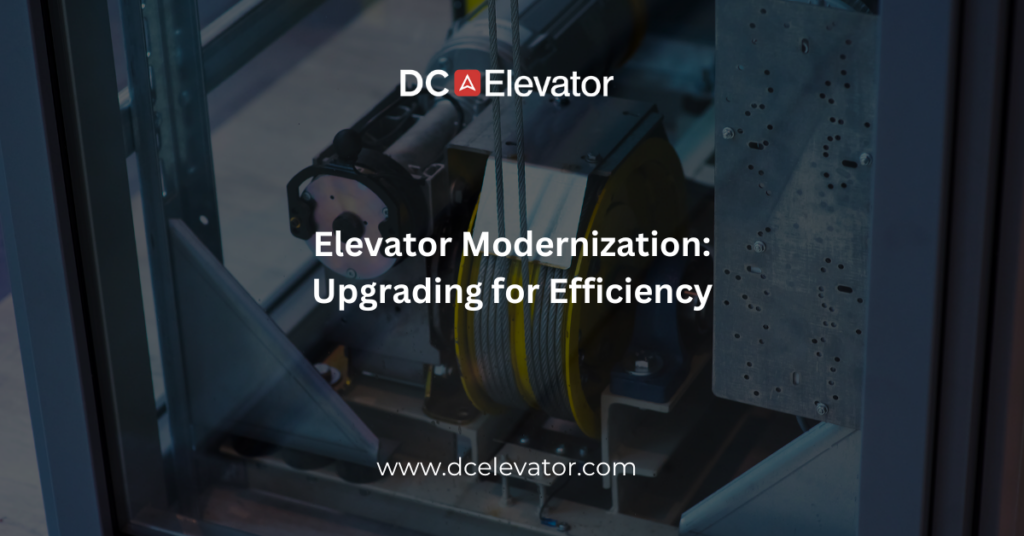In the fast-paced world of vertical transportation, elevators play a pivotal role in keeping buildings connected. However, with technological advancements and changing safety standards, elevator modernization has become a key focus for building owners and managers. This blog explores the significance of elevator modernization, its impact on efficiency, and the innovative technologies driving this transformative process.
The Need for Elevator Modernization:
- Safety Compliance: Aging elevators may struggle to meet modern safety codes and regulations. Modernization ensures that elevators adhere to the latest safety standards, providing passengers with secure and reliable vertical transportation.
- Energy Efficiency: Older elevators are often energy-intensive, contributing to increased operational costs. Modernization introduces energy-efficient technologies, reducing environmental impact and lowering utility expenses.
Key Components of Elevator Modernization:
- Smart Control Systems: Integration of smart control systems allows for more precise and efficient elevator operations. These systems optimize traffic patterns, reducing wait times and improving overall efficiency.
- Improved Accessibility: Elevator modernization often includes enhancements to accessibility features, ensuring compliance with accessibility standards and providing a seamless experience for all passengers, including those with mobility challenges.
Technological Advancements Driving Modernization:
- IoT Connectivity: Elevators are becoming part of the Internet of Things (IoT), enabling real-time monitoring, predictive maintenance, and data-driven insights. This connectivity enhances efficiency and allows for proactive problem-solving.
- Regenerative Drive Systems: Modern elevators incorporate regenerative drive systems that capture and reuse energy during operation. This not only reduces energy consumption but also contributes to sustainable and eco-friendly building practices.
Benefits of Elevator Modernization:
- Enhanced Reliability: Upgrading critical components improves the reliability of elevator systems, minimizing downtime and ensuring uninterrupted vertical transportation.
- Cost Savings: While the initial investment in modernization is a consideration, the long-term cost savings in energy efficiency, reduced maintenance, and increased reliability make it a financially prudent decision.
The Future of Elevator Efficiency: As technology continues to advance, the future of elevator efficiency looks promising. Predictive maintenance algorithms, artificial intelligence, and advanced materials are set to further optimize elevator performance, making them more intelligent, sustainable, and responsive to user needs.
